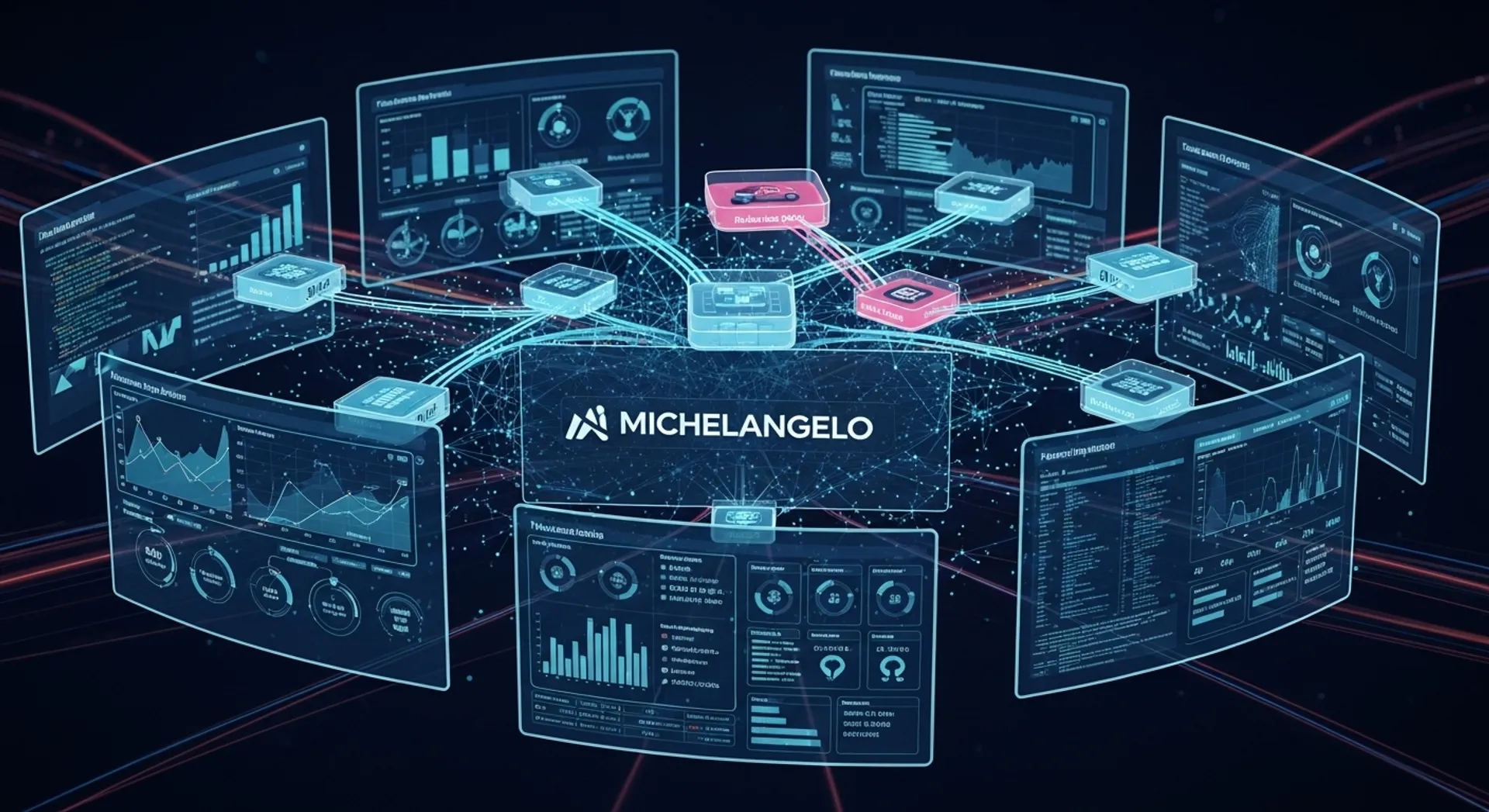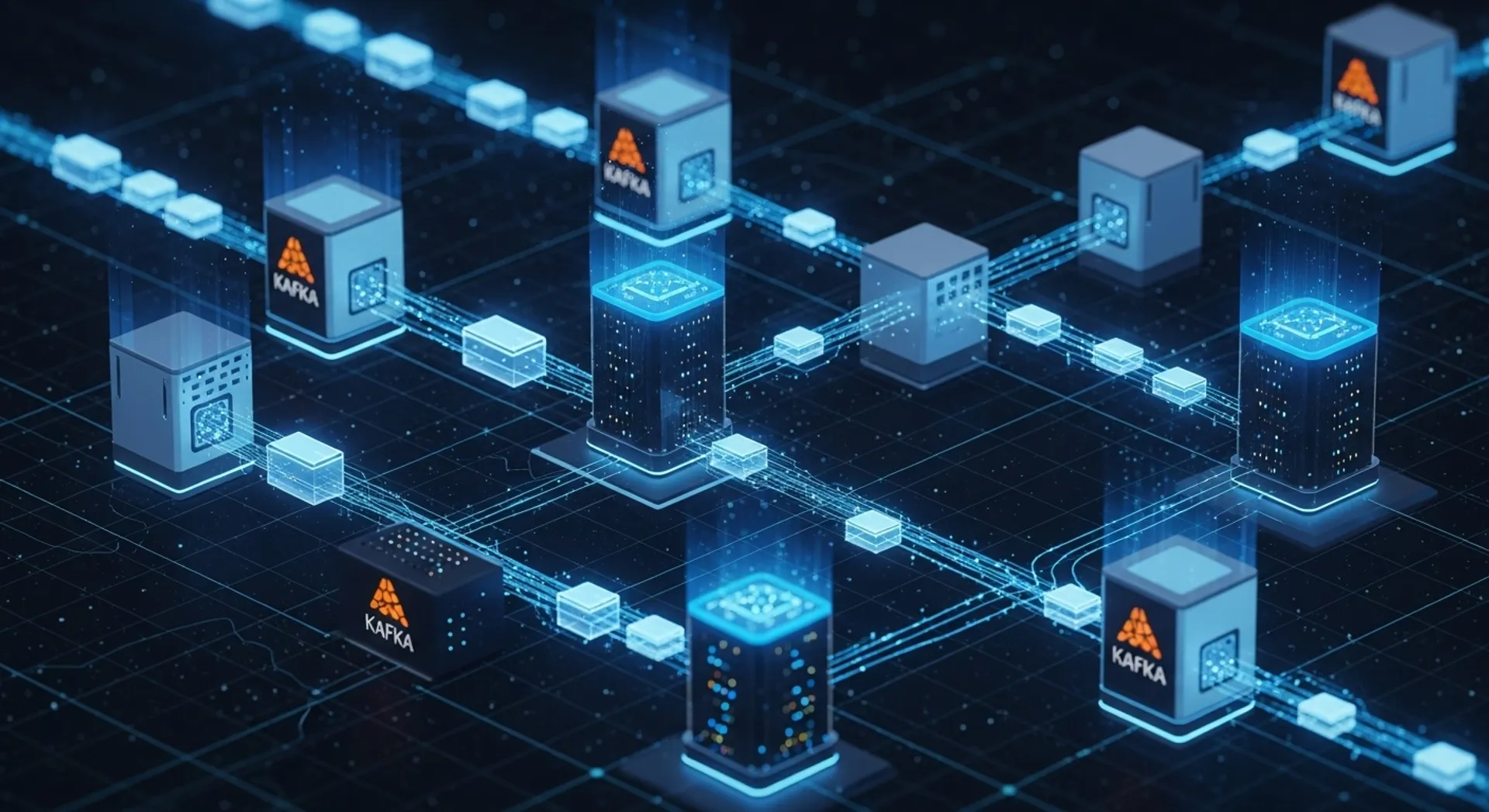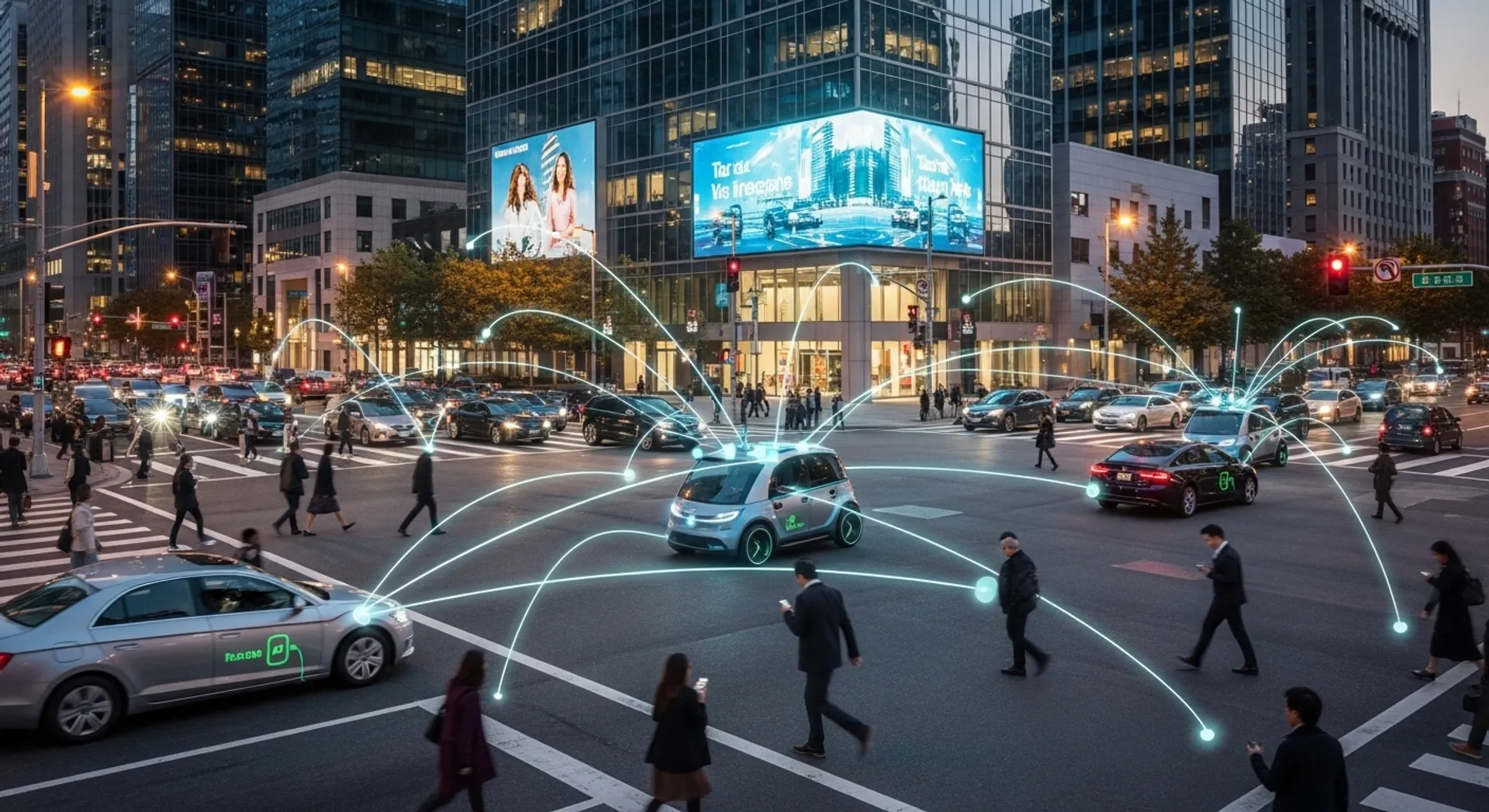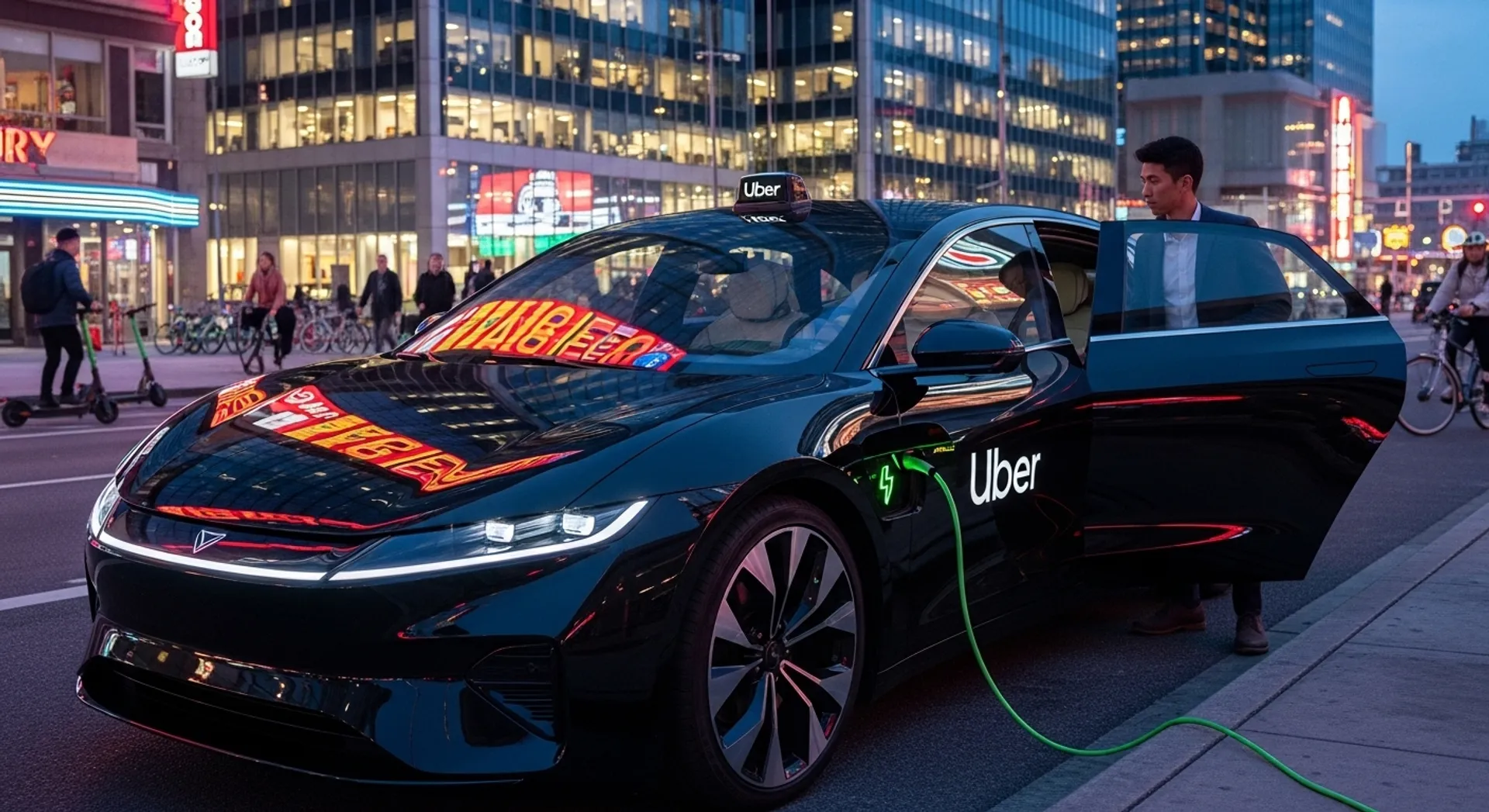Behind every tap of the Uber app lies a technological marvel that processes billions of data points, coordinates millions of trips, and delivers seamless experiences to riders and drivers worldwide. What appears simple on the surface — request a ride, get picked up, arrive at destination — is actually one of the most sophisticated technology platforms in operation today. From artificial intelligence and machine learning to real-time data processing and advanced routing algorithms, Uber’s technology stack represents the pinnacle of modern transportation innovation.
The company handles approximately 25 million trips daily across more than 10,000 cities in over 70 countries, serving 137 million monthly active users. This massive scale demands technology infrastructure that can process petabytes of data, make split-second decisions, and continuously optimize every aspect of the platform. Understanding how Uber accomplishes this provides fascinating insights into the future of urban mobility and technology-driven services.
Michelangelo: The Machine Learning Engine at Uber’s Core
At the heart of Uber’s technological prowess sits Michelangelo, the company’s comprehensive machine learning platform that has been operational since 2016. This ML-as-a-service platform democratizes artificial intelligence across the organization, enabling teams throughout Uber to build, deploy, and operate machine learning solutions at unprecedented scale. Currently, approximately 400 active ML projects run on Michelangelo, with over 20,000 model training jobs executed monthly.
The platform serves more than 5,000 models in production, delivering an astounding 10 million real-time predictions per second at peak times. These predictions power everything from estimated time of arrival calculations to fraud detection, rider-driver matching, and restaurant recommendations on Uber Eats. Michelangelo covers the entire machine learning lifecycle, from data management and feature generation to model training, evaluation, deployment, and continuous monitoring.
What makes Michelangelo particularly powerful is its modular architecture, designed with a plug-and-play approach that allows rapid adoption of cutting-edge technologies from open source projects, third-party vendors, or in-house development. This flexibility has enabled Uber to evolve from predictive machine learning focused on tabular data to sophisticated deep learning applications and, more recently, to generative AI capabilities powered by large language models.
Real-World Applications of Michelangelo
The practical applications of this ML platform are visible in nearly every user interaction. When you open the Uber app and see destination suggestions, those predictions are powered by Michelangelo’s algorithms analyzing your location, time of day, and historical patterns. The system achieves over 50% accuracy in predicting destinations, fulfilling more than half of all destination entries without users needing to type anything.
Dynamic pricing, fraud detection, and optimal pickup point suggestions all rely on machine learning models running on this platform. The system processes thousands of features in real-time to generate more than 30 million match pair predictions per minute, considering distance, time, traffic, direction, and countless other variables to create optimal rider-driver pairings.
Advanced Routing Algorithms: Getting You There Faster
One of Uber’s most critical technological achievements is its proprietary routing engine. From the moment you request a ride until you reach your destination, sophisticated algorithms work continuously to optimize routes, predict accurate arrival times, and navigate around traffic obstacles. The evolution of Uber’s routing technology demonstrates the company’s commitment to solving complex computational problems at scale.
In its early days, Uber relied on open-source routing engines like OSRM, which used contraction hierarchies to achieve fast route calculations. However, these systems had limitations, particularly when incorporating real-time traffic data. Preprocessing the entire global road network took approximately 12 hours, making it impossible to account for up-to-the-minute traffic conditions.
To address this challenge, Uber developed hybrid approaches combining multiple algorithms. For short-distance calculations, such as matching drivers to nearby riders, the company implemented the A-star search algorithm with heuristics. This allows real-time edge weight updates without preprocessing, accommodating dynamic traffic conditions. For longer routes, Uber built custom solutions that balance preprocessing efficiency with real-time adaptability.
DeepETA: Neural Networks for Arrival Time Prediction
The introduction of DeepETA represents a quantum leap in arrival time prediction accuracy. This deep learning model uses a hybrid approach, combining a physical routing engine with neural network post-processing. The routing engine calculates baseline ETAs using map data and real-time traffic measurements, while DeepETA predicts the residual difference between the initial estimate and real-world outcomes.
This architecture leverages self-attention mechanisms similar to those used in large language models, but applied to spatial and temporal features rather than text. Each feature — such as trip origin, time of day, or historical traffic patterns — is processed through attention layers that identify which factors matter most for accurate predictions. The result is significantly improved ETA accuracy that continuously learns from billions of completed trips.
Real-Time Data Infrastructure: Processing Billions of Events
Uber’s ability to function seamlessly relies on a massive real-time data infrastructure capable of processing petabytes of information. At the core of this infrastructure sits Apache Kafka, one of the largest Kafka deployments in the world. Kafka serves as the nervous system of Uber’s platform, transferring streaming data between batch and real-time processing systems.
The scale is staggering: with approximately 15 million rides per day, the system processes countless events from driver and rider apps, database change logs, and sensor data. To manage this data flood effectively, Uber has heavily customized Kafka with several critical improvements. Cluster federation creates an abstraction layer that hides internal cluster details from producers and consumers, exposing a logical cluster instead of physical infrastructure.
Cross-cluster replication ensures data availability across multiple data centers for both analytics and disaster recovery. Uber developed and open-sourced uReplicator, a robust and performant tool for replicating Kafka messages across clusters. To verify data integrity during replication, the company also created Chaperone, an audit system that detects and alerts on any data mismatches.
The Consumer Proxy Innovation
One unique innovation in Uber’s data infrastructure is the Consumer Proxy, which addresses the challenges of managing tens of thousands of Kafka applications across the organization. Rather than having each application implement complex consumer logic directly, Uber created a layer between the Kafka client library and the user’s message processing logic, hosted as a gRPC service.
This abstraction handles error management automatically, moving messages to dead letter queues when consumer services cannot process them after multiple retries. The architecture dramatically simplifies troubleshooting and debugging for development teams while enabling rapid evolution of the client library without impacting thousands of downstream applications.
Artificial Intelligence: From Predictive to Generative
Uber’s AI strategy has evolved significantly over the years, moving from predictive machine learning to sophisticated deep learning and now embracing generative AI. The journey began with predictive models focused on tabular data — forecasting demand, optimizing marketplace dynamics, and preventing fraud. As the technology matured, Uber invested heavily in deep learning for more complex challenges like computer vision for autonomous vehicles and natural language processing for customer support.
Today, the company is pushing aggressively into generative AI, deploying large language models to improve internal developer productivity, streamline business operations, and enhance end-user experiences. The creation of the Gen AI Gateway and extensions to Michelangelo supporting LLMOps capabilities have positioned Uber to leverage both external LLMs through third-party APIs and internally hosted open-source models.
CEO Dara Khosrowshahi has emphasized that the earliest and most significant effects of AI on Uber relate to developer productivity. Tools like AI-powered coding assistants are enabling Uber’s developers to innovate faster, build more features, and accelerate the pace of platform improvements. Beyond internal applications, generative AI is being deployed in customer support chatbots, automated ticket responses, and personalized content generation.
Marketplace Optimization: The Algorithmic Brain Behind the Platform
The Uber Marketplace represents the algorithmic decision-making engine that coordinates the complex dance between supply and demand across thousands of cities simultaneously. Multiple specialized teams work on different aspects of this system, including forecasting, dispatch, personalization, demand modeling, and dynamic pricing. Each team builds and deploys machine learning algorithms to handle the enormous scale and constant movement of the transportation network.
For these decision engines to function effectively, they must be future-aware, capable of seeing ahead across both space and time. Machine learning enables Uber to generate spatiotemporal forecasts of supply, demand, and other critical quantities in real-time, projecting up to several weeks into the future. These predictions allow the system to proactively position drivers in high-demand areas before demand spikes occur, maximizing efficiency and minimizing wait times.
The marketplace optimization extends to Uber Freight, where advanced algorithms tackle the challenge of empty truck miles. By using machine learning to design optimal routes and match loads, Uber Freight has reduced empty miles by 10-15%, benefiting shippers, trucking companies, drivers, and consumers through lower transportation costs.
Dynamic Pricing and Surge Algorithms
Perhaps no aspect of Uber’s technology generates more discussion than dynamic pricing, commonly known as surge pricing. This system uses sophisticated machine learning models to balance supply and demand in real-time, adjusting prices based on current conditions in specific neighborhoods or even individual city blocks.
The algorithms consider numerous factors including current rider demand, available driver supply, time of day, local events, weather conditions, and historical patterns. By implementing hyperlocal pricing adjustments, Uber can incentivize drivers to move toward areas of high demand while managing rider expectations about wait times. The system adapts continuously to unexpected changes, such as sudden weather shifts or major events that cause demand spikes.
Fraud Detection and Platform Safety
With a platform serving millions of users globally, Uber faces constant challenges from fraudulent activities ranging from fake ride requests and compromised accounts to GPS manipulation and promotion abuse. The company employs advanced AI algorithms specifically designed to identify and prevent fraud before it causes significant damage.
The fraud detection system operates through multiple stages. First, continuous data collection gathers extensive information from user interactions, transactions, driver activities, and system logs. Machine learning models trained on historical data learn to recognize patterns distinguishing normal from fraudulent behavior, analyzing signals such as payment methods, device IDs, location data, and user behavior patterns.
These models are integrated into Uber’s operational systems to analyze transactions in real-time, allowing immediate action when suspicious activity is detected. The system employs anomaly detection techniques that flag unusual patterns, even for previously unseen fraud attempts. As fraudsters evolve their tactics, the machine learning models continuously adapt, creating an ongoing arms race between platform protection and malicious actors.
Agentic AI: The Next Frontier
Looking toward the future, Uber is investing heavily in agentic AI — autonomous systems that can reason, adapt, and self-direct with minimal human oversight. Unlike traditional AI that operates within predefined constraints, agentic AI demonstrates goal-driven behavior and the ability to handle dynamic, real-world complexity.
This technology requires sophisticated multi-agent orchestration, where different AI agents coordinate seamlessly to deliver outcomes. For Uber’s operations, this might mean agents that automatically adjust delivery routes in real-time as conditions change, coordinate between different parts of the business, and make complex decisions that previously required human judgment.
The company has launched Uber AI Solutions, making its technology platform available to support AI labs and enterprises worldwide. This initiative includes customized data solutions for building smarter AI models, global digital task networks, and tools to help companies build and test AI models more efficiently. Over the past decade, Uber has developed deep expertise in collecting, labeling, testing, and localizing data for its global operations, and now that expertise is being monetized as a separate business line.
Cloud Infrastructure and Scalability
Underpinning all of Uber’s technological capabilities is a robust cloud infrastructure built for massive scale and reliability. The platform runs on cloud-based systems that allow for elastic scaling to handle fluctuating demand throughout the day and across different time zones worldwide. During peak hours in major cities, the system seamlessly scales up to handle millions of simultaneous ride requests, while scaling down during off-peak times to optimize costs.
The architecture employs microservices design patterns, allowing different components of the platform to scale independently based on their specific demands. This modular approach provides flexibility for continuous deployment and enables teams to update individual services without affecting the entire platform. Each microservice can be developed, tested, and deployed independently, accelerating innovation while maintaining system stability.
Data storage is distributed across multiple layers serving different purposes. Hadoop HDFS serves as the long-term storage for all data, with most information coming from Kafka in Avro format and persisted as raw logs. These logs are then merged into the Parquet format through compaction processes, making them available via standard processing engines like Hive, Presto, and Spark for analytics and machine learning model training.
Mobile Technology: Delivering Seamless User Experiences
While backend infrastructure provides the computational power, the mobile applications serve as the primary interface between Uber’s technology and its users. The apps are built using native development frameworks for both iOS and Android, ensuring optimal performance and access to device-specific features like GPS, notifications, and payment systems.
The mobile technology stack incorporates real-time data synchronization, allowing users to see live updates of driver locations, accurate ETAs, and fare estimates that adjust dynamically. GPS tracking technology provides precise location data for both riders and drivers, enabling features like pinpoint pickup locations, turn-by-turn navigation, and the ability to track rides in progress.
Payment processing integration ensures secure, seamless transactions without requiring riders to handle cash or manually enter payment details for each trip. The apps implement end-to-end encryption for sensitive data and integrate with major payment processors while maintaining PCI compliance for credit card handling.
Natural Language Processing and Customer Support Automation
Uber has developed sophisticated natural language processing platforms to handle the massive volume of customer support interactions across its global operations. The NLP systems generate and deploy actionable responses for customer support tickets, power chatbots that make driver onboarding easier, and suggest in-app replies to common questions.
These AI-powered support systems analyze customer inquiries in multiple languages, understanding intent and context to provide relevant responses. For complex issues that require human intervention, the system intelligently routes tickets to appropriate support specialists while providing them with relevant information and suggested resolutions based on similar past cases.
The integration of generative AI has further enhanced these capabilities, allowing more natural conversations and better handling of edge cases that might have previously required extensive human involvement. The system continuously learns from support interactions, improving its ability to resolve issues efficiently while maintaining high customer satisfaction scores.
The Technology Behind Uber’s Competitive Advantage
What truly sets Uber apart is not any single technology, but rather the integrated ecosystem of systems working in concert. The combination of massive data collection, sophisticated machine learning models, real-time processing capabilities, and user-friendly interfaces creates a competitive moat that’s difficult to replicate. Each component reinforces the others, creating network effects where more data improves predictions, better predictions enhance user experiences, and improved experiences attract more users.
The company’s substantial investment in research and development — over $3.1 billion for the twelve months ending March 2025, representing 7.1% of total revenue — demonstrates the ongoing commitment to technological leadership. This continuous investment in AI, platform engineering, and infrastructure improvements creates immense pressure to deliver returns through increased operational efficiency, higher user engagement, and new revenue streams.
As Uber continues to evolve from a pure ridesharing company into a comprehensive mobility and delivery platform, technology remains the primary driver of innovation and competitive advantage. From the routing algorithms that shave seconds off every trip to the machine learning models that predict where demand will emerge next, every aspect of the platform reflects a deep commitment to technological excellence. The company’s ability to process billions of data points, make millions of real-time decisions, and continuously improve through machine learning ensures it remains at the forefront of urban mobility transformation.





